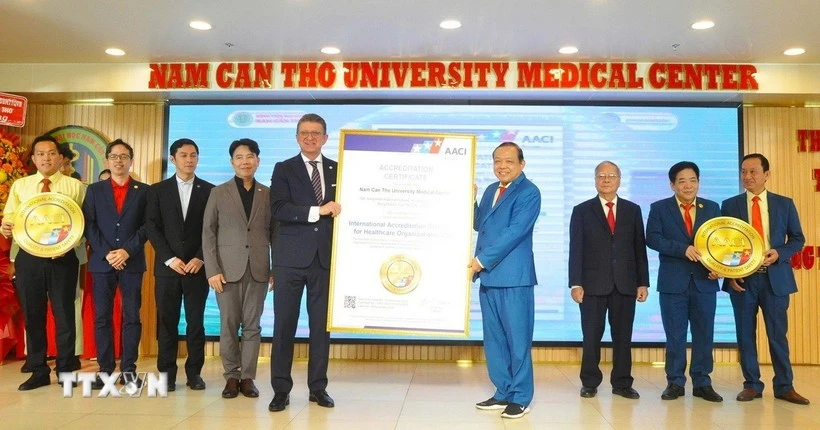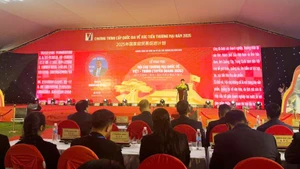This marked a strategic step in Viet Nam’s administrative procedure reform, aiming to serve citizens and businesses in the most convenient and effective manner.
Alongside the efforts of cities and provinces, ministries and central agencies are also accelerating the roadmap to phase out their individual service portal interfaces and instead use the single National Public Service Portal.
With this change, individuals and businesses will only need to remember and access the only web address—dichvucong.gov.vn—to complete all online administrative procedures, regardless of which ministry or locality the procedure belongs to. This does not alter the authority responsible for resolving procedures; it simply streamlines the point of submission, ensures transparency in processing, and facilitates progress tracking.
The change in the method of delivering online public services is expected to be a breakthrough in administrative reform, helping to build a modern, transparent, and efficient public administration system that places citizens and businesses at the heart of service. It allows people to resolve administrative procedures more easily and conveniently, reduces costs and time, and avoids confusion or access to fraudulent websites.
Citizens can submit applications online anytime and anywhere via computers, tablets, or smartphones with internet access. In addition, they can easily monitor and evaluate processing progress, efficiency, and the accountability of each level, unit, and individual. This also helps prevent harassment and bureaucracy from a minority of unprofessional civil servants. The implementation of the “One-stop-shop” form aligns with the inevitable trend of rapid IT development, digital transformation, and international integration in today’s context.
Launched in December 2019, the National Public Service Portal has already yielded many positive results. Notably, since the two-tier local government model was operated officially, officials at ward- and commune-level administrative service centres reported a significant increase in citizens conducting administrative procedures online via the national portal. These breakthroughs have not only improved satisfaction among the public and businesses with public services but have also contributed to building e-government and enhancing the efficiency of state agencies.
The role and significance of the “One-stop-shop” model have become clear. However, to meet expectations, the portal must be supported by robust infrastructure capable of smooth operation even during sudden surges in traffic, and must ensure information security and safety. Additionally, several administrative procedure sets from ministries and ministerial-level agencies must be finalised and promptly published so that localities can implement the associated workflows, ensuring seamless and interconnected operation.
To run the “One-stop-shop” platform effectively, it is crucial to further promote proactiveness and increase the accountability of leaders at all levels, particularly at the commune level. In provinces and cities undergoing mergers or administrative restructuring, unified software systems must be implemented to avoid service disruptions.
Currently, a considerable portion of the population remains reluctant to use online public services. Therefore, more efforts are needed to step up communication, guidance, and support to improve digital literacy and encourage citizens and businesses to actively and effectively use online public services.
During its initial implementation phase, some challenges and limitations are to be expected. Thus, the steering committee should conduct comprehensive assessments to draw lessons and promptly resolve obstacles and bottlenecks, ensuring the “One-stop-shop” operates effectively and meets the practical needs of the public, businesses, and administrative management.







![[Video] Ha Noi: Specialised policies drive sustainable poverty reduction breakthroughs](https://en-cdn.nhandan.vn/images/8f440db7b9bfe62cb5397a6750a8b01bbaf06a77cd3ba844b6a06b6142d24086491b89243c34896c7911c3e80101275f91bf1e90a5f8d4ce13dc0f62a878f516/hanoi.jpg.webp)








